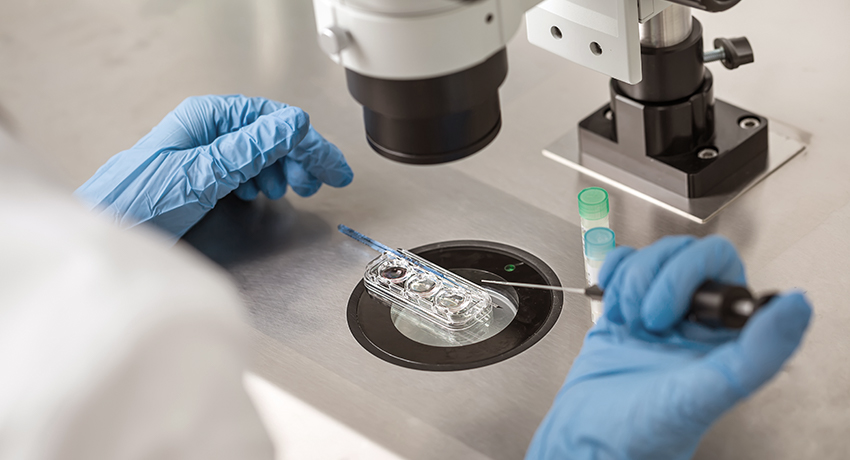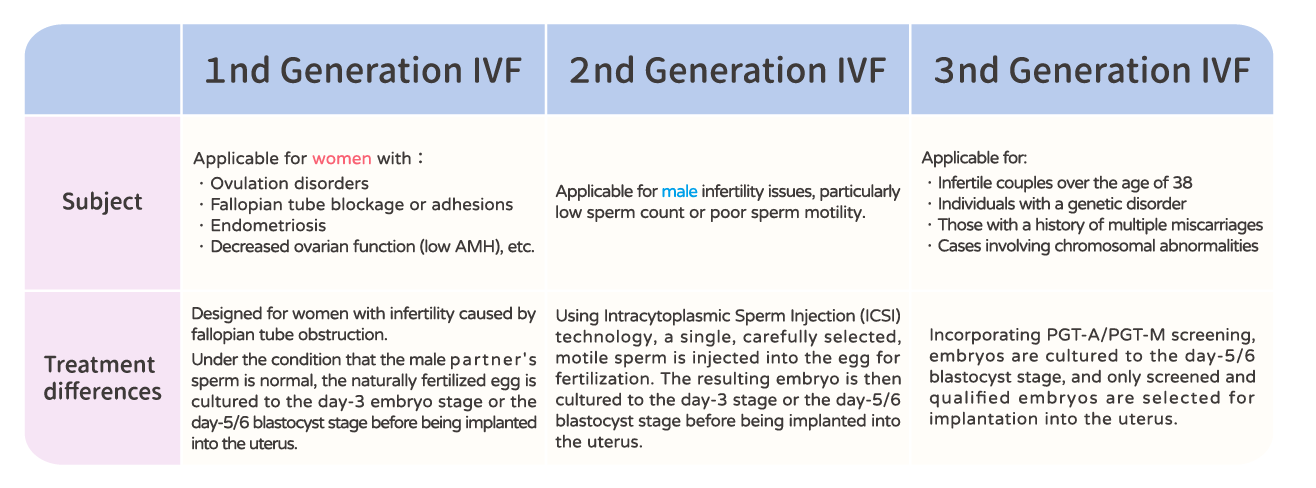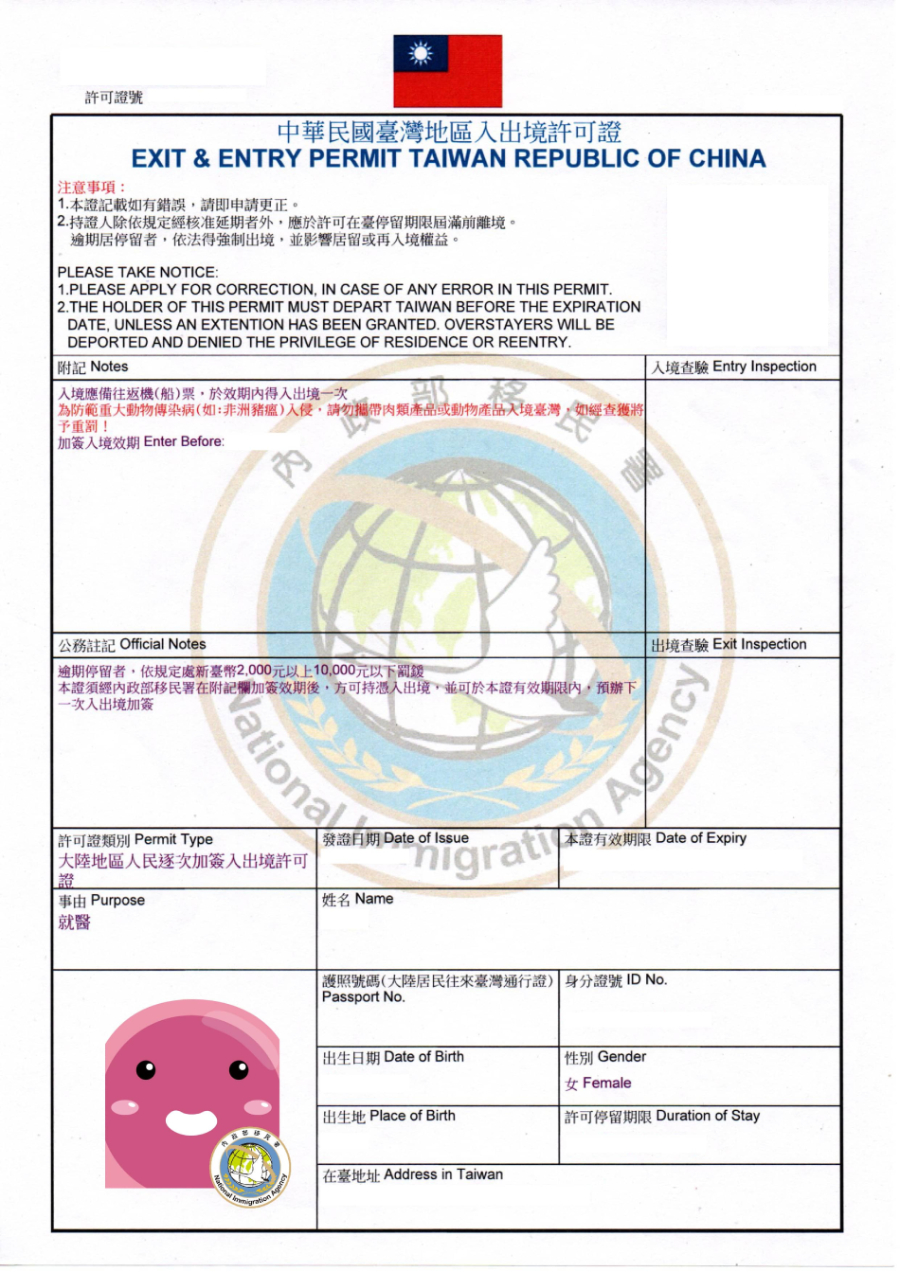1st Generation IVF also known as in vitro fertilization-embryo transfer (IVF-ET), aims at infertility due to gynecologic issues, especially those related to the fallopian tubes.
In 1978, the first test-tube baby was born in the UK. The cultivation process began with a culture medium in which the sperm would then fertilize the egg naturally (so-called "conventional fertilization"). 1st Generation IVF-ET paved the way for the future development of IVF technology.
Initially, the subjects were women who suffer from fallopian tube blockage. It is posited that the man's sperm is normal, and it would naturally fertilize the egg retrieved in the petri dish. During the culture, the fertilized eggs will divide and then be transplanted into the uterine on the 3rd day or at the stage of blastocyst on the 5th-6th day to continue to grow and develop.
However, if the man is also subject to some kind of insufficiency, in vitro fertilization may fail. Therefore, 1st Generation IVF-ET cannot solve infertility caused by factors attributable to the male.
service items
IVF(In Vitro Fertilization)
IVF(In Vitro Fertilization)

1st Generation IVF
TEST TUBE BABYⅠ
/Suitable/
Subject
Women suffering from ovarian failure
blockage or adhesion of fallopian tubes
endometriosis
ovarian insufficiency

2nd Generation IVF
TEST TUBE BABY Ⅱ
2nd Generation IVF, also known as Intracytoplasmic Sperm Injection or ICSI, is conducted by winnowing out quality spermatozoa and injecting a single spermatozoon into the cytoplasm of the oocyte by microinjection. The egg passively fertilized will then develops into a fertilized egg and be transferred to fulfill the intended conception.
In 1992, Belgian Dr. Palermo and LIU, CHIA-EN successfully realized the first Intracytoplasmic Sperm Injection (ICSI) in humans and overcame the challenge posed by insufficient sperm mobility due to in vitro culture. It is an important milestone in the development of infertility treatment focusing on male factors. Their achievement was called 2nd Generation IVF in the domestic medical community, which has expanded the scope of IVF technology and significantly increased the chance of fertilization for males who suffer from infertility, although the success rate of fertilization was not 100 percent.
In 1992, Belgian Dr. Palermo and LIU, CHIA-EN successfully realized the first Intracytoplasmic Sperm Injection (ICSI) in humans and overcame the challenge posed by insufficient sperm mobility due to in vitro culture. It is an important milestone in the development of infertility treatment focusing on male factors. Their achievement was called 2nd Generation IVF in the domestic medical community, which has expanded the scope of IVF technology and significantly increased the chance of fertilization for males who suffer from infertility, although the success rate of fertilization was not 100 percent.
/Suitable/
Subject
Infertility caused by factors attributable to the male, specially oligozoospermia and asthenozoospermia
/Treatment process/
TEST TUBE BABY I、II
Treatment process
01
/
Step01
Pre-treatment assessment
Anti-mullerian hormone (AMH), hormonal tests, ultrasonography.
*Based on the physician's opinion
*Based on the physician's opinion
Step02
Egg retrieval process
(Day 2-10 of menstruation)
(Day 2-10 of menstruation)
Start to give ovulation stimulating injections on the 2-4 days. Make follow-up appointments for ultrasonography and blood tests to check the size of follicles and the change in hormonal levels.
Step03
Giving egg retrieval injection
(Day 10-12 of menstruation)
(Day 10-12 of menstruation)
The doctor will determine the time for injections and egg retrieval.
(Usually about 36 hours later)
(Usually about 36 hours later)
Step04
Egg retrieval
(Day 12-14 of menstruation)
(Day 12-14 of menstruation)
The subject may return home if she feels well after egg retrieval.
Step05
Embryo culture
The doctor will determine whether to perform ICSI and culture the fertilized egg until it becomes an embryo on Day 3 or enters the stage of blastula on Day 5 or 6.
Step06
Embryo implantation
After fertilization, culture the fertilized egg until the stage of division or blastula for ready implantation.
(Approximately 3~6 days after egg retrieval)
(Approximately 3~6 days after egg retrieval)
Step07
Tocotherapy
(10-12 days after implantation)
(10-12 days after implantation)
After a positive result of the pregnancy test, the tocolytic process will be initiated.

3rd Generation IVF
TEST TUBE BABY Ⅲ
Based on 2nd Generation IVF, 3rd Generation IVF (PGT-A/PGT-M) extracts a small number of trophoblast cells of the fertilized egg at the stage of blastula with a fine needle and conducts molecular diagnosis to check the integrity of the embryos before freezing. The extracted cells will then undergo a molecular genetics test to winnow out embryos that have no chromosomal (PGT-A) or gene (PGT-M) abnormalities for implantation so as to prevent miscarriages due to embryonic chromosomal abnormalities or the possibility of birth of babies with genetic defects.
The standards for assisted reproductive technology adopted by HUNG CHI GENE IVF CENTER are even stricter than the international standards. IVF is one of the cutting-edge technologies for infertility treatment.
The standards for assisted reproductive technology adopted by HUNG CHI GENE IVF CENTER are even stricter than the international standards. IVF is one of the cutting-edge technologies for infertility treatment.
/Suitable/
Subject
Couples who are 38 years of age or older
One of the spouses has suffered from genetic diseases, multiple spontaneous abortionss, or chromosomal abnormalities.
This method is adopted mainly for the prevention of transmission of genetic diseases by means of Preimplantation Genetic Testing for Aneuploidies (PGT-A) and Preimplantation Genetic Testing for Monogenic/Single gene Disorder (PGT-M).
/Treatment process/
TEST TUBE BABY Ⅲ
Treatment process
01
/
Step01
Pre-treatment assessment
Anti-mullerian hormone (AMH), hormonal tests, ultrasonography.
*Based on the physician's opinion
*Based on the physician's opinion
Step02
Egg retrieval process
(Day 2-10 of menstruation)
(Day 2-10 of menstruation)
Start to give ovulation stimulating injections on the 2nd/3rd days. Make follow-up appointments for ultrasonography and blood tests to check the size of follicles and the change in hormonal levels.
Step03
Giving egg retrieval injection
(Day 10-12 of menstruation)
(Day 10-12 of menstruation)
The doctor will determine the time for injections and egg retrieval.
(Usually about 36 hours later)
(Usually about 36 hours later)
Step04
Egg retrieval
(Day 12-14 of menstruation)
(Day 12-14 of menstruation)
The subject may return home if she feels well after egg retrieval.
Step05
Embryo culture
The doctor will determine whether to perform ICSI and culture the fertilized egg until it enters the stage of blastula on Day 5 or 6.
Step06
Embryo freezing
Step07
Frozen embryo implantation
The pre-implantation process of frozen embryos will start on the 2nd/3rd day of menstruation. After the subject’s return visit to the clinic on the 9th and 14th day of menstruation, the implantation will be fulfilled on the 20th day (of menstruation).
Step08
Waiting for good news/pregnancy
(10-12 days after implantation)
(10-12 days after implantation)
After a positive result of the pregnancy test, the tocolytic process will be initiated.
/Comparison table/
Comparison Table of Three Generations of IVF





